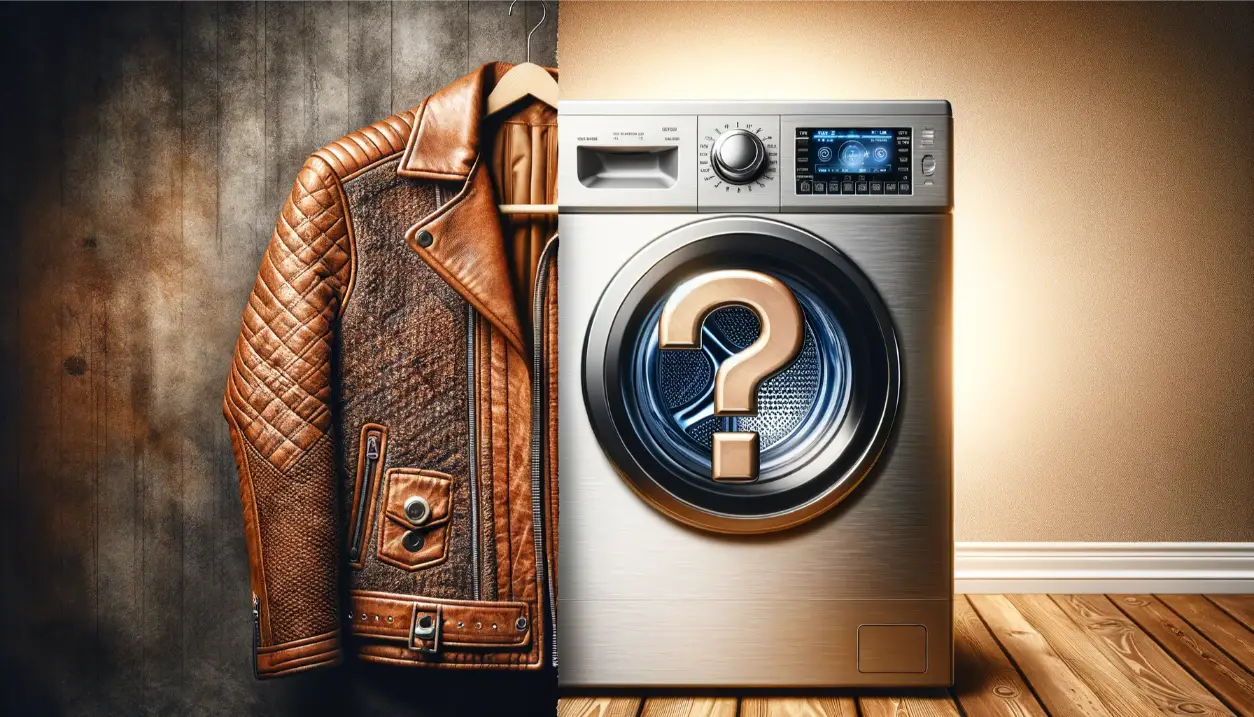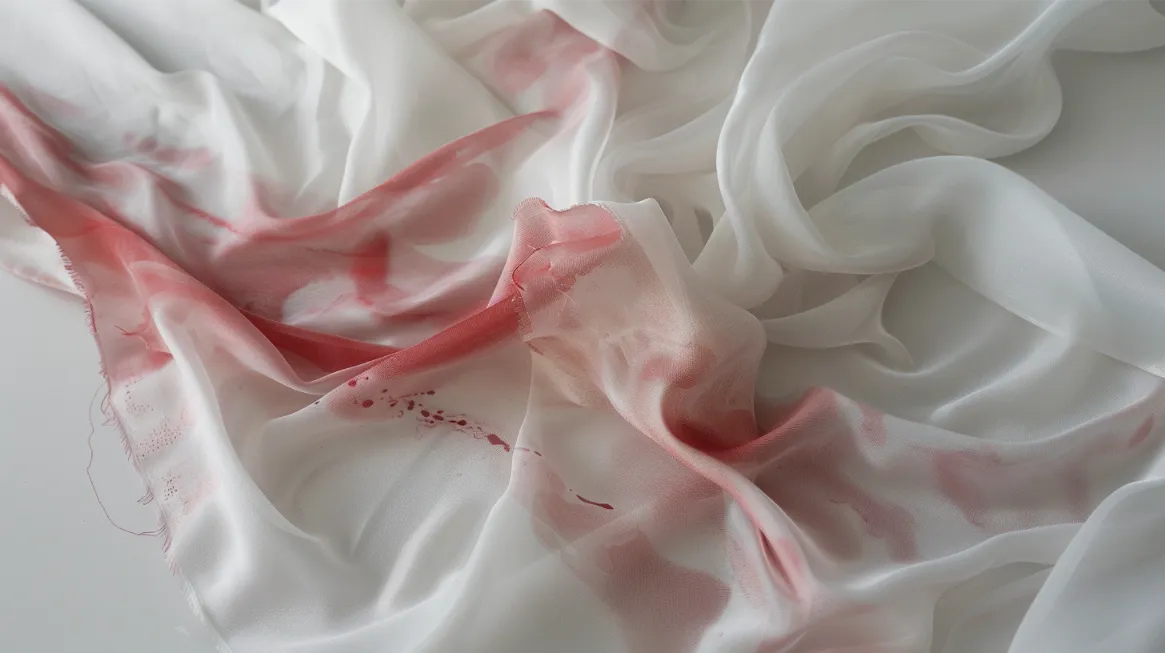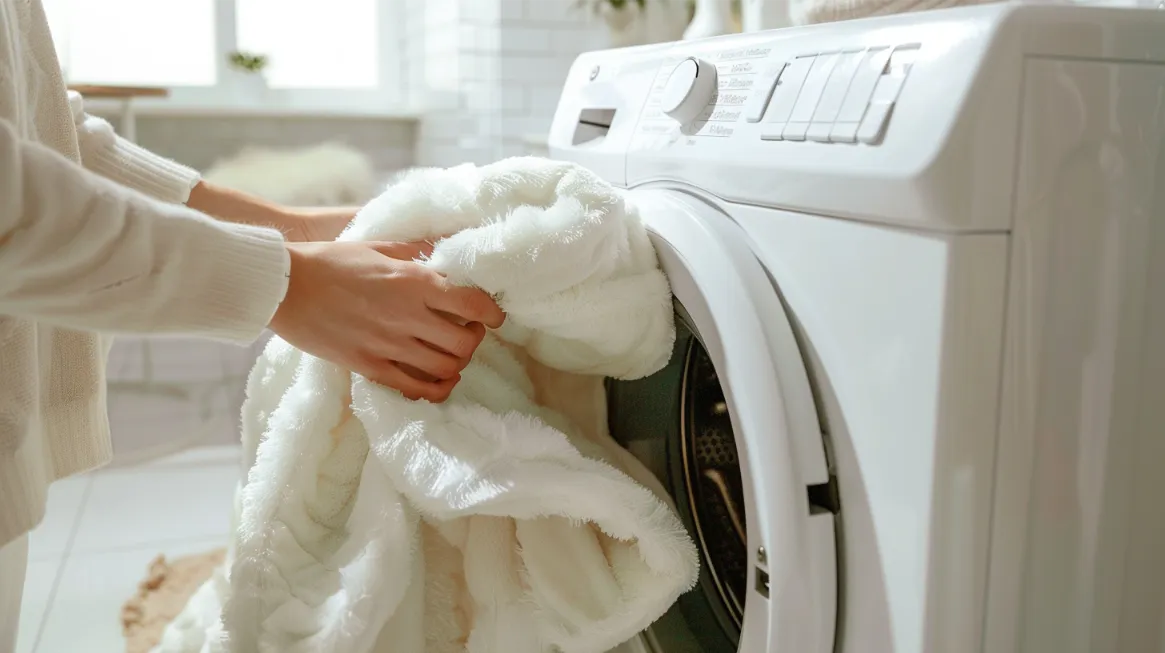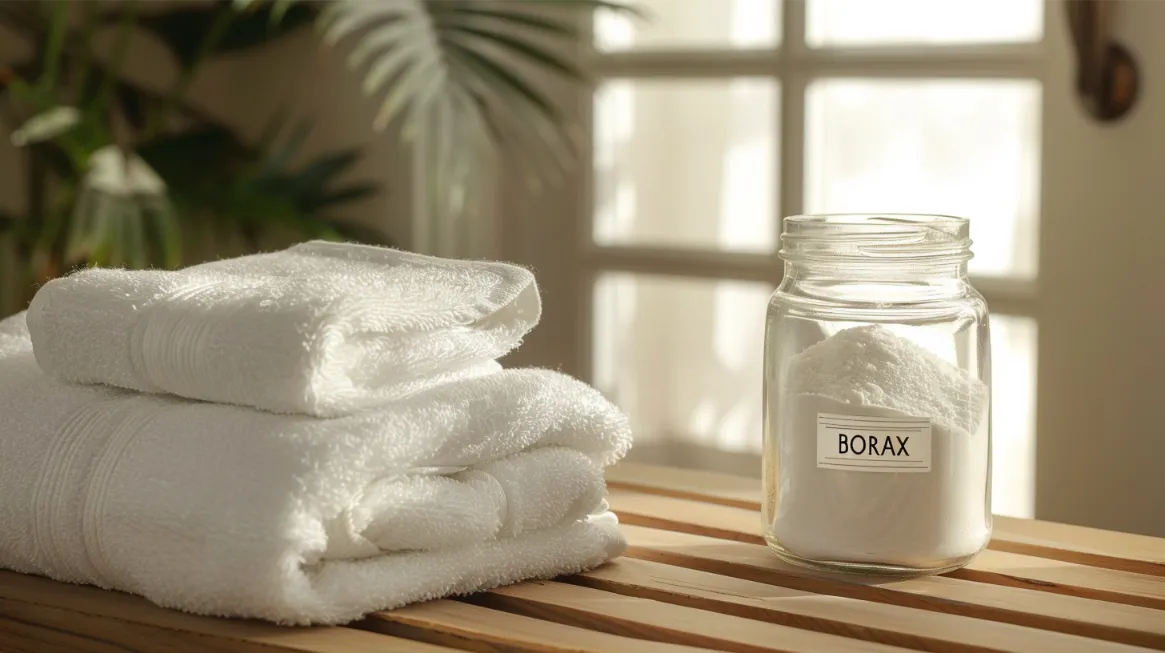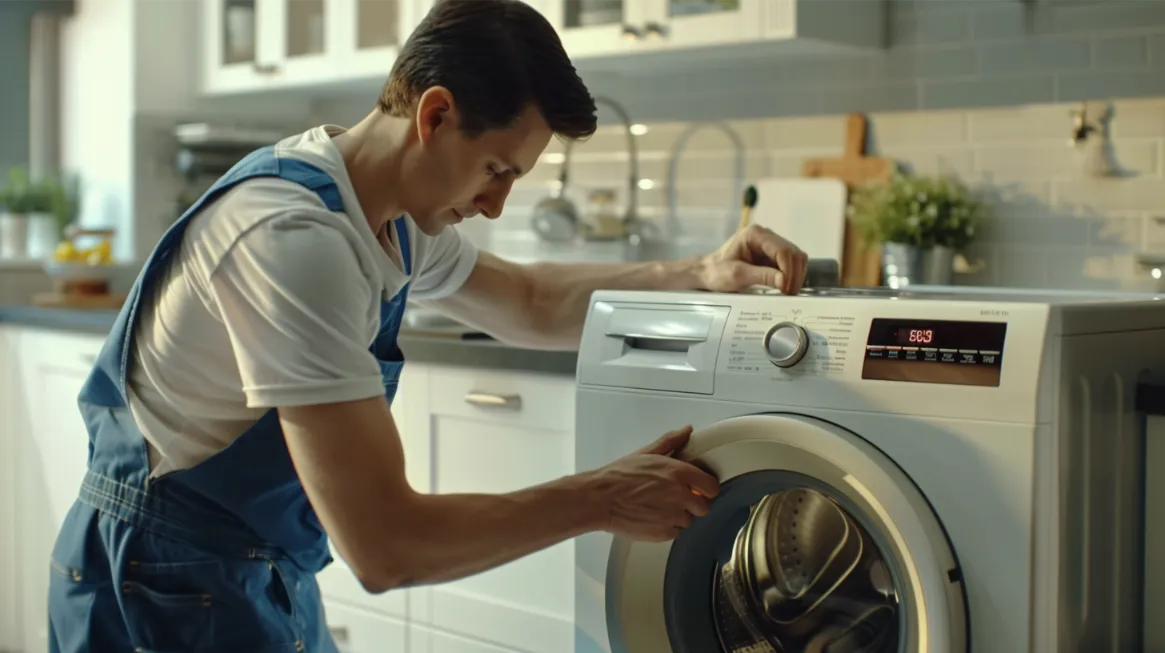Velcro is a versatile fastening system found in various products, from shoes to clothing and even in the medical field. Over time, Velcro can accumulate dirt, lint, and other debris, which can affect its performance. That’s why it’s essential to know how to clean Velcro effectively.
In this guide, we will discuss:
- The importance of cleaning Velcro
- The tools and materials needed
- Simple techniques to remove surface debris
- Effective methods to remove stubborn stains
- Tips for maintaining clean Velcro
- Common mistakes to avoid
By the end of this guide, you’ll have all the information you need to keep your Velcro in top-notch condition. So, let’s get started!
Key Takeaways
- Regular cleaning of Velcro is important for maintaining its sticking power and longevity.
- Use tools such as a lint roller, toothbrush, and adhesive remover to clean Velcro effectively.
- Close Velcro fasteners when not in use and store them in a clean, dry place to prevent dirt buildup.
- Avoid using water or liquids for cleaning, and be cautious with iron-on Velcro to prevent adhesive melting.
Why Cleaning Velcro Is Important
Regularly cleaning Velcro is essential for maintaining its sticking power and longevity. Over time, lint, hair, and other debris can accumulate on the hook and loop sides of the fasteners, diminishing their ability to hold items together securely. Therefore, cleaning Velcro to remove any buildup and ensure optimal performance is crucial.
To clean Velcro, use a small brush or toothbrush to gently remove any visible lint or hair from the hook and loop sides. Be careful not to pull or damage the loops in the process. Once the larger debris has been removed, you can use a lint roller or adhesive tape to pick up any remaining particles stuck in the loops.
Another effective method for cleaning Velcro is to use a soft cloth or sponge dampened with warm water and mild soap. Gently rub the cloth or sponge over the hook and loop sides to remove dirt and grime. Rinse the cloth or sponge and repeat the process if necessary. After cleaning, allow the Velcro to air dry completely before using it again.
Tools and Materials Needed for Cleaning Velcro
You will need a few essential tools and materials to clean Velcro effectively. These include a lint roller, a toothbrush, sticky tape, the cutter of a tape dispenser, and your fingernails.
A lint roller is a simple and effective tool for removing surface debris from Velcro. Roll the sticky surface over the Velcro fasteners, and it will pick up any lint or debris stuck to it. Alternatively, you can use sticky tape wrapped around your hand as a convenient substitute for a lint roller.
A toothbrush can brush out any lint or debris embedded in the Velcro. Gently scrub the fasteners with the toothbrush to loosen and remove the embedded lint.
A tape dispenser’s cutter can scrape out any stubborn lint that is difficult to remove with a toothbrush. Be careful not to damage the Velcro while doing this.
In some cases, you may be able to use your fingernails to gently scrape and remove lint from the surface of the Velcro. However, this should be done with caution to avoid causing any damage.
Simple Techniques to Remove Surface Debris
Several simple techniques can be used to remove surface debris from Velcro effectively.
One method is to brush off dirt particles using a stiff toothbrush, ensuring a thorough cleaning.
Another option is an adhesive remover to remove lint and dirt from the surface.
These techniques provide efficient ways to remove surface debris and keep Velcro clean.
Brushing off Dirt Particles
Using a toothbrush is an effective method for gently removing dirt particles and debris from the surface of Velcro. Brushing in the opposite direction of the Velcro’s teeth is important to brush out the dirt effectively. The bristles of a toothbrush help in loosening and lifting dirt without causing any damage to the Velcro material.
Regularly brushing off dirt particles is essential to prevent build-up and maintain the functionality of Velcro. Incorporating this simple technique into your cleaning routine ensures that your Velcro remains clean and ready for use. Brushing off dirt is an efficient and easy way to keep your Velcro in perfect working condition.
Using Adhesive Remover
An effective method for removing sticky residue and debris from Velcro surfaces is adhesive remover. Here are four simple techniques to remove surface debris from Velcro using adhesive remover:
- Choose a gentle adhesive remover designed for delicate surfaces like Velcro to avoid damaging the material.
- Apply a small amount of adhesive remover onto a cotton swab or cloth.
- Gently rub the adhesive remover onto the affected area, focusing on the debris or residue.
- Wipe off the loosened debris with a clean cloth or rinse the Velcro with water to remove any remaining residue.
An adhesive remover with a cotton swab or cloth allows precise cleaning and effectively removes lint, hair, or other debris stuck to Velcro. Remember to follow the manufacturer’s instructions for the adhesive remover and test it on a small, inconspicuous area before applying it to the entire Velcro surface.
Effective Methods to Remove Stubborn Stains
You can try several effective methods when removing stubborn stains from Velcro fasteners. One option is an enzyme-based stain remover, which should be worked into the fabric before washing.
Another method is to soak the garment with Velcro fasteners in an oxygen-based bleach solution to whiten dingy areas. Following the care label instructions for washing is crucial to avoid damaging the fabric or fasteners.
Stain Removal Hacks
To effectively remove stubborn stains from Velcro, incorporate these efficient stain-removal hacks:
- Use an enzyme-based stain remover: Pretreat the stained Velcro with an enzyme-based stain remover to break down tough stains effectively. Apply the stain remover directly to the stained area and let it sit for the recommended time.
- Soak in oxygen bleach solution: For whitening dingy Velcro fasteners, soak the garment with Velcro in an oxygen-based bleach solution. Follow the instructions on the bleach package and allow the fasteners to soak for the recommended time.
- Scrub with a toothbrush and warm, soapy water: Remove stubborn stains by scrubbing the Velcro fasteners carefully with a toothbrush and warm, soapy water. Gently scrub the hook and loop areas to lift and loosen the stains.
- Rinse and air-dry: After cleaning, rinse the fasteners with a damp cloth to remove any residue. Allow the fasteners to air-dry completely before reusing them to maintain their cleanliness and effectiveness.
Proven Cleaning Techniques
Proven cleaning techniques can restore its cleanliness and effectiveness for effectively removing stubborn stains from Velcro. To remove debris and lint from Velcro fasteners, gently brush them with a toothbrush.
For sticky substances or stubborn stains, apply rubbing alcohol on a cotton swab and gently rub the affected area. A lint roller can effectively remove lint and dirt from the Velcro surface.
If a tiny fuzz or lint is stuck in the fasteners, use a pin at an angle to lift and remove them. It is important to clean Velcro fasteners regularly to maintain their effectiveness and prevent debris build-up.
Tips for Maintaining Clean Velcro
To maintain the cleanliness and effectiveness of Velcro fasteners, it is recommended always to close them when not in use. This simple step prevents lint, debris, and other particles from accumulating on the Velcro, ensuring it remains clean and functions properly. Here are some additional tips for maintaining clean Velcro:
- Close Velcro fasteners before laundering: Closing them before washing your garments prevents them from snagging on other fabrics and helps keep the Velcro clean during the washing process.
- Use anti-static spray: Applying an anti-static spray to the Velcro helps to repel lint and reduce the amount of debris that sticks to it. This will keep the Velcro cleaner for longer periods.
- Regularly clean the Velcro: It is important to clean the Velcro at least monthly to prevent the build-up of dirt and debris. Use a soft brush or toothbrush to gently remove any particles that may have gotten trapped in the hooks and loops.
- Avoid washing Velcro in the washing machine: While it is important to clean the Velcro, it is best to avoid washing it in the washing machine. The agitation and water can cause damage to the Velcro, affecting its effectiveness.
Common Mistakes to Avoid When Cleaning Velcro
When cleaning Velcro, it is important to avoid common mistakes that can potentially damage the fastener and reduce its effectiveness. One common mistake is using water or liquids to clean Velcro. This can cause the fastener to lose grip and become less effective.
Instead, it is recommended to use alternative methods to remove lint and dirt from the Velcro—store items with Velcro closures away from dusty environments to prevent lint build-up. Regularly check the fastener for lint accumulation and gently remove it using a soft brush or duct tape. Avoid using excessive force or sharp objects that can damage the hook side of the fastener.
When ironing, be cautious and only iron iron-on Velcro, not sticky types, as excessive heat can melt the adhesive. It is advisable to use low heat settings and place a cloth between the iron and the Velcro to protect it.
If you encounter stubborn lint or maintenance issues, it is best to seek professional cleaning advice to ensure proper care and maintenance of VELCRO® Brand fasteners.
Frequently Asked Questions
What Is the Easiest Way to Clean Velcro?
The easiest way to clean Velcro is using a toothbrush to remove lint, hair, and debris. Additionally, scraping embedded lint with a tape dispenser cutter, using sticky tape wrapped around your hand, or employing a lint roller can effectively clean Velcro surfaces. Regular maintenance is crucial for optimal performance.
How Do You Remove Hair and Debris From Velcro?
To remove hair and debris from Velcro, use a metal bristle pet brush to dislodge hair, slide a piece of Velcro over the linty area, use a pin to lift tiny fuzz, manually remove larger pieces, or brush with a toothbrush.
How Do I Bring My Velcro Back to Life?
To bring Velcro back to life, follow these steps: 1) Use a toothbrush to remove lint and debris. 2) Scrape the surface with a tape dispenser cutter. 3) Apply rubbing alcohol on a cotton swab to remove sticky substances. 4) Regularly use a lint roller.
Can Velcro Be Disinfected?
Yes, Velcro can be disinfected by using a solution of water and vinegar or rubbing alcohol. It is important to avoid using bleach or harsh chemicals and to allow the Velcro to air dry completely after disinfection. Regular disinfection is recommended for items that come into contact with dirt, germs, or bacteria.


